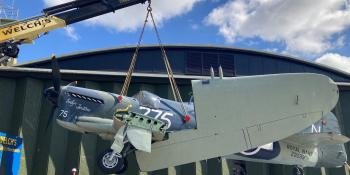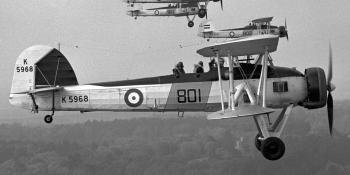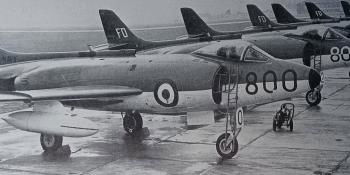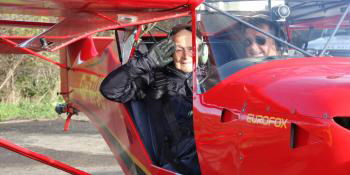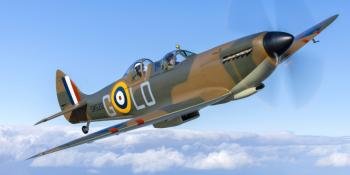Born on the Scottish island of Islay, the late John Edgar McKechnie Horne spent most of his early years in Edinburgh, leaving the city’s university part-way through a forestry course to join the Fleet Air Arm in 1942. He learned to fly in the USA and Canada before joining 771 Squadron in Orkney early in 1944. Horne passed away in 2015, but before his death he wrote at length and in detail about his naval flying experiences on the ‘home front’, not least acting as an aerial target
I am flying the towing aircraft for a practice shoot witha cruiser lying about five miles southof Sule Skerry, a lighthouse some 40 miles out in the Atlantic, often taken as the reference point for a rendezvous. My Miles Martinet is a target-tug witha winch driven by a small propeller on an arm projecting from the port side of the fuselage between the pilot’s and telegraphist air gunner’s (TAG’s) positions. I am followed by the marking aircraft, also a Martinet but without a winch. As we approach the ship at 3,000ft my TAG streams a drogue and the cable is run out from the winch — 5,000ft of piano wire. We do runs over the ship from port and starboard sides alternately, and the gunners blast away in the general direction of the drogue.

